Sparaxis Bulbs pack of 10 bulb
₹199.00
Out of stock
Email when stock available
SKU: sparaxis10
Category: Winter Bulbs
How to Grow Sparaxis from Bulbs: Simple Step-by-Step Guide
Sparaxis Bulbs or Harlequin Flowers a lovely but trouble-free flower that gives light to the garden. It blooms from tiny bulbs and is a gorgeous sequence of colors and therefore is very much demanded by gardening enthusiasts. Read on how to grow Sparaxis if you wish to enjoy trouble-free gardening.
| Number of Bulbs | 10 |
|---|---|
| Sowing month | Oct to Jan |
| Sowing tmperature | Below 30C day time |
| Blooming month | Feb to April |
| Sun | Full Sun |
Selecting the Right Bulbs
First, select healthy Sparaxis bulbs. Select hard, dry bulbs with no indication of mold or rot. Fall or early spring is the best time to plant, depending on your region. Sparaxis bulbs prefer warm, sunny spots with good drainage.
Sparaxis Bulbs Preparing the Soil
Finally, prepare the soil for planting. Sparaxis plants like light and sandy soil and, if the soil is clay-soil dominant, add some compost or sand so that it drains. Select a position that receives full sun for at least half a day because the flowers require intensive light to flower and grow well.
Planting the Bulbs
In sowing, sow tiny holes 2 inches deep and 3 inches apart. The top of every bulb should be facing upwards and then covered with soil. There is minimal watering upon sowing, and the bulbs should develop well. Water gently so as not to rot the bulbs.
Sparaxis Bulbs Keeping Sparaxis Safe
After bulbs are planted, they are not particular. Water frequently but allow the dirt to dry slightly between waterings. Too much water will kill the flowers. A balanced monthly fertilizer when the blooms are active will bring about strong, robust flowers. Verbena Quartz Can be a good companion
Blooming and Enjoying the Flowers
Sparaxis typically flowers early summer or late summer. They are yellow, orange, red, purple, and white with typically large dark centers. Vibrant and bright flowers entice bees and butterflies to come as pollinators, adding more life to your garden.
Sparaxis Bulbs Care After Blooming
After the flowers have bloomed, let the leaves yellow and senesce on their own. This will save the energy to be stored in the bulb for next year. Plant bulbs and keep them in a dry, warm storage building if you are in cold climates. In warm climates, you can just leave them there.
By doing this, you will have lovely Sparaxis flowers every year. Good luck gardening!
| Color | Mix |
|---|---|
| Germination Level | Medium |
| Growth Pattern | Leaf without stem |
| Height | 12-14 inches |
| Hybrid or Open Pollinated | Locally Sourced |
| Idea Pot Size | 8 inches |
| Ideal location | Full sun |
| Petals | Single |
| Origin Country | India |
| Spacing between plants | 10-12 inches |
Be the first to review “Sparaxis Bulbs pack of 10 bulb” Cancel reply
You must be logged in to post a review.
Related products
Rated 4 out of 5
₹99.00


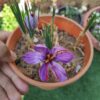

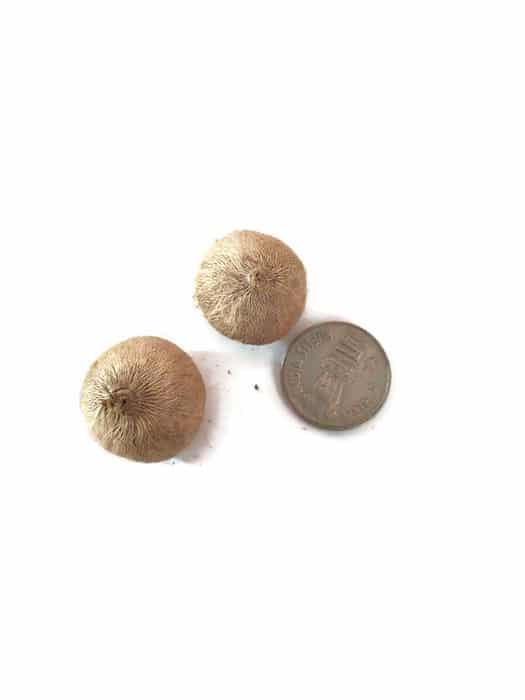

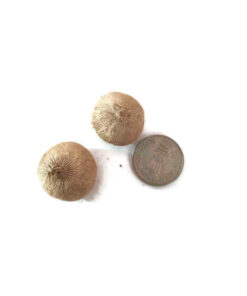
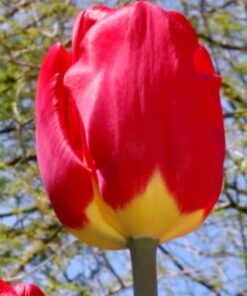
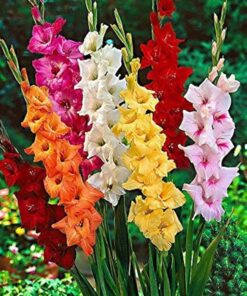
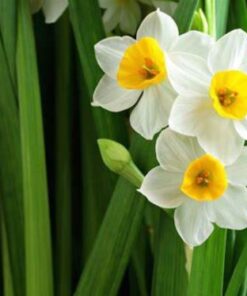
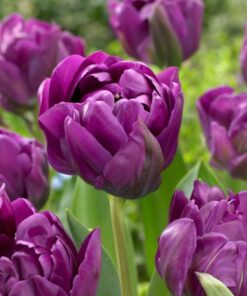

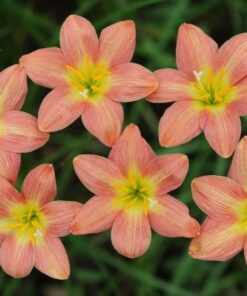
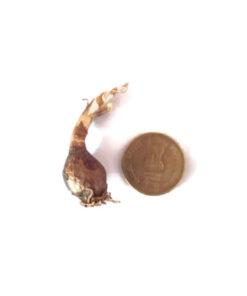
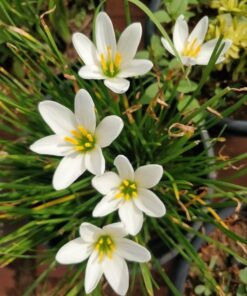

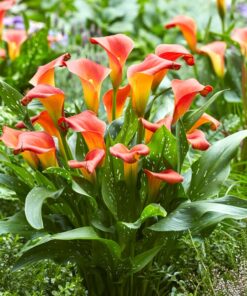
Reviews
There are no reviews yet.